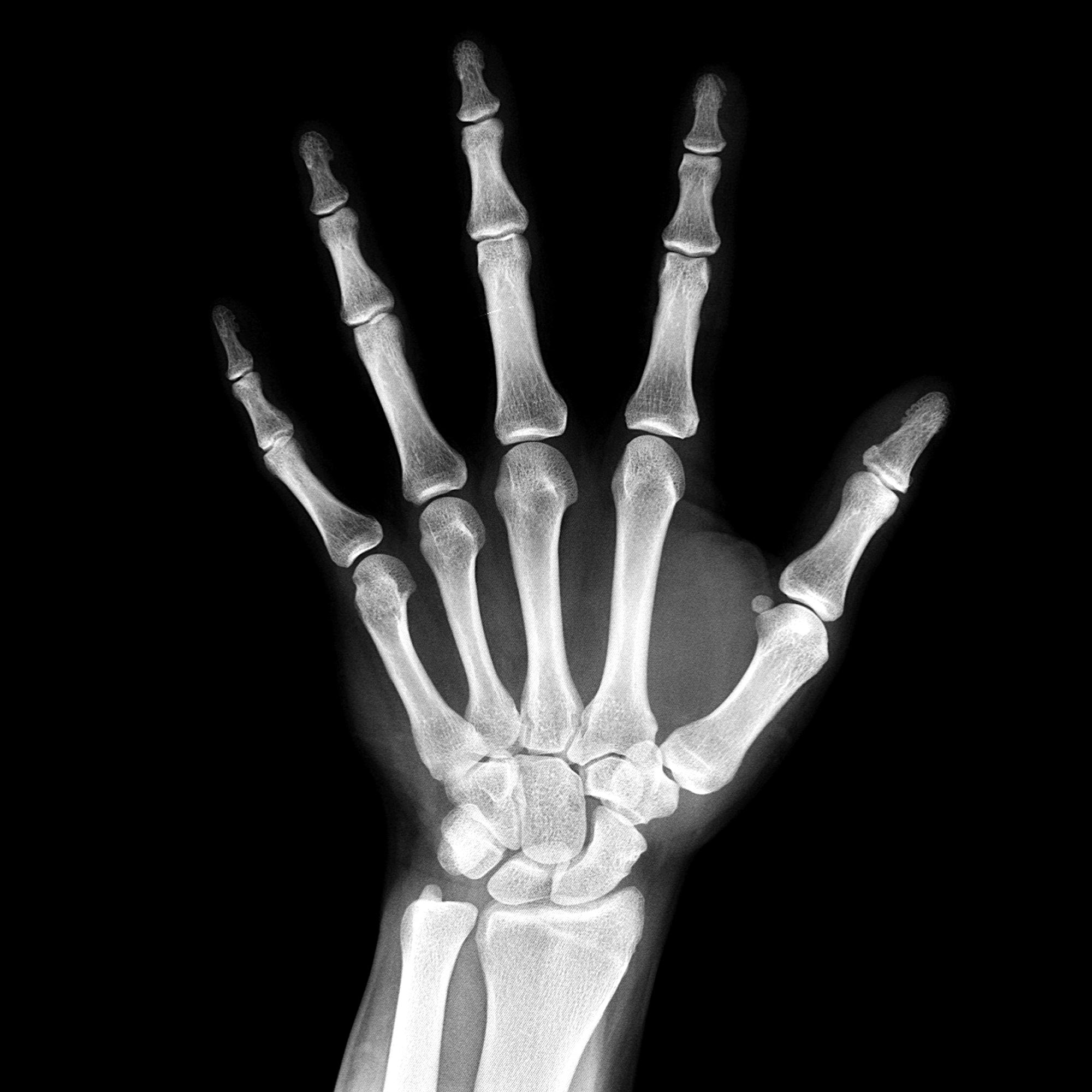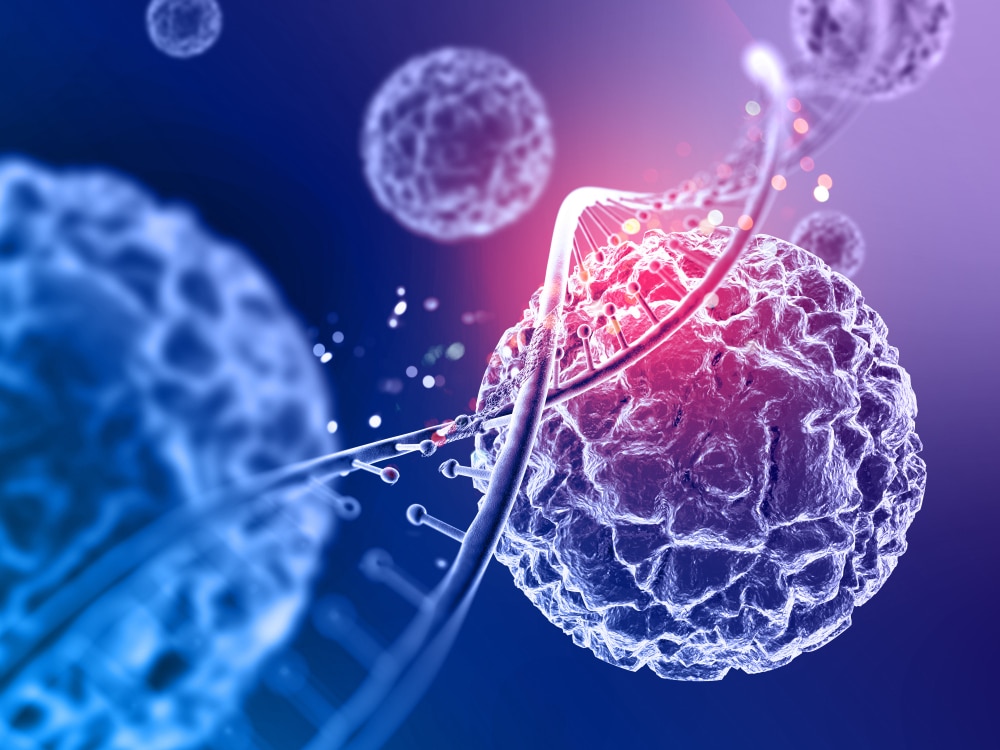By University of Pennsylvania – Sci Tech Daily
Overactive populations of osteoclasts may result in a variety of disorders such as osteoporosis, arthritis, and cancer.
A new function for a protein that regulates osteoclasts—the cells that break down bone—has been discovered by researchers, and it may pave the way for the creation of new treatments to prevent bone loss.
Bone remodeling in the body is a delicate balancing act between osteoblasts, cells who produce bone, and osteoclasts, cells who break it down. Diseases like osteoporosis, arthritis, and periodontitis all cause bone loss and are associated with an increase in osteoclast activity.
Researchers from the University of Pennsylvania and colleagues offer new insight on the regulation of osteoclasts in a recent study that was published in the journal Proceedings of the National Academy of Sciences, potentially shedding light on the imbalances that may lead to disease. The study identified the protein IFT80 as a crucial component in controlling osteoclast populations. The researchers also discovered that mice missing IFT80 had larger-than-expected populations of osteoclasts and developed severe osteopenia.




